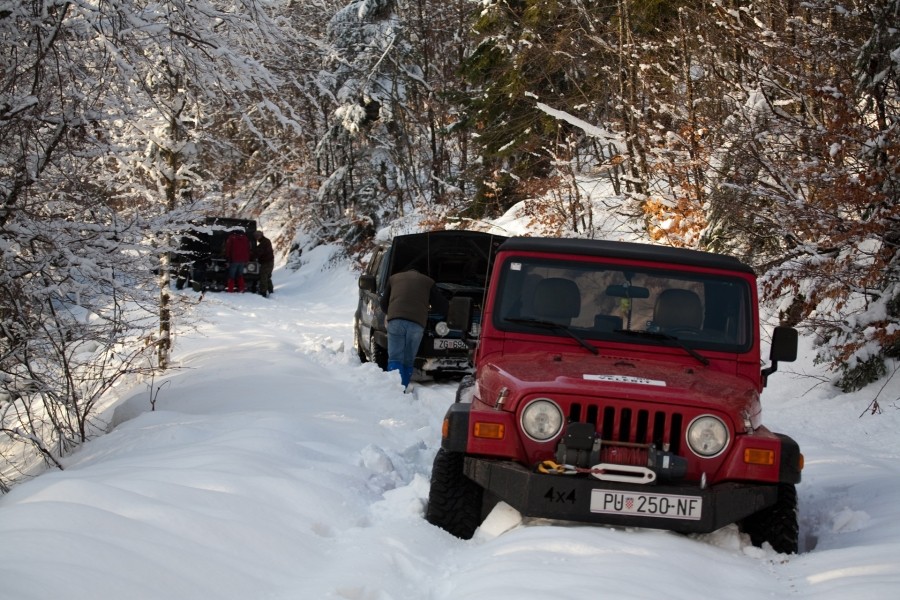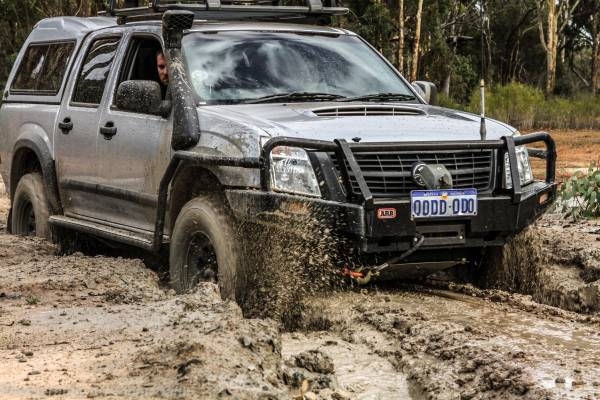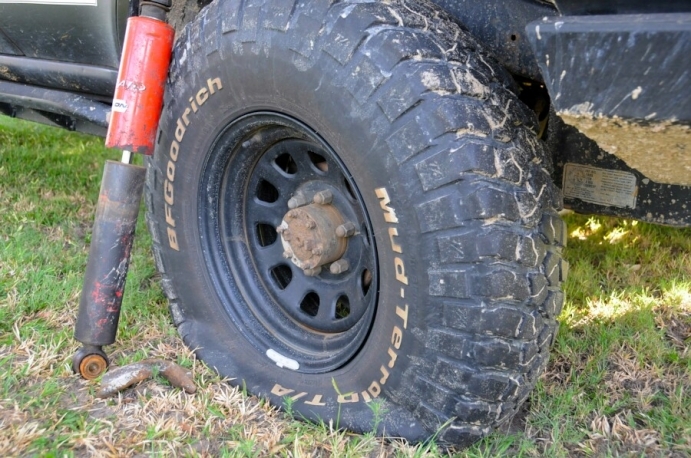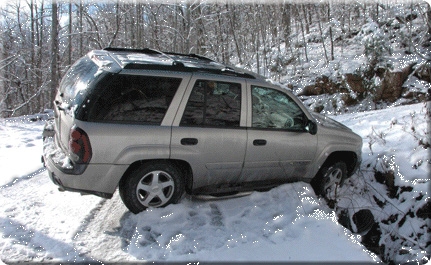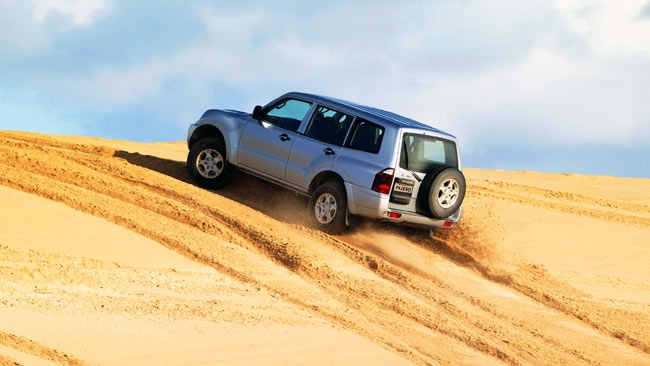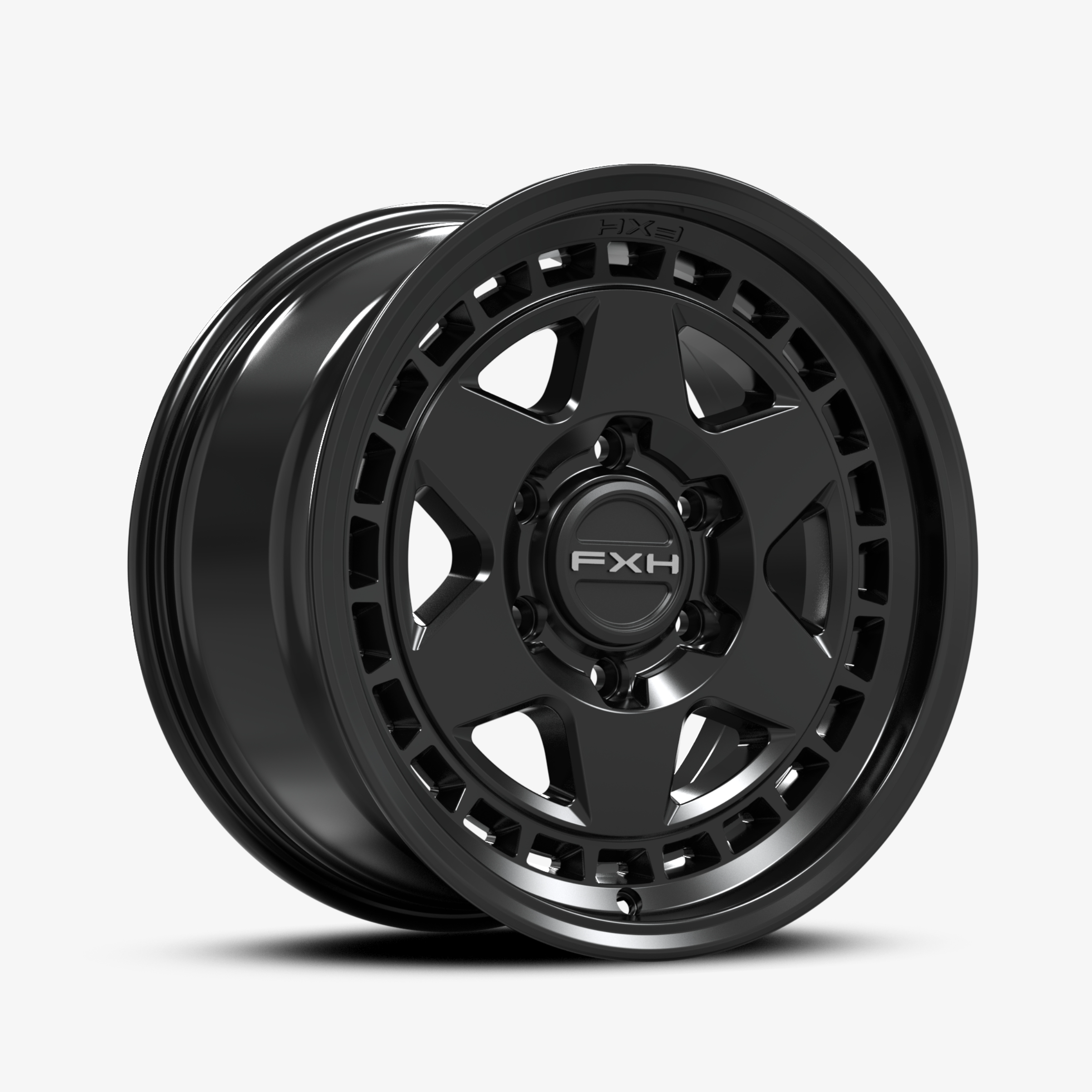Recovering a vehicle in Snow & Ice
Talking to friends in the northern hemisphere, some of them are really grateful they own 4wds right now. Having a proper off-roader lets them keep driving when lesser cars give up. Unfortunately even the toughest vehicle isn’t immune to snow and ice, and if you do a lot of winter driving you’re probably going to get a bit stuck sooner or later. If that happens, unless you know how to get yourself out again it’s going to be a frustrating – and even dangerous – process.
However you got into trouble in winter conditions, the biggest obstacle to getting out again is lack of traction. Wet roads might be slippery, but they don’t come close to ice. Even with snow chains fitted it can be a struggle to get enough grip, and it’s very easy to make things worse if you get it wrong.
If you’re self-recovering the most important thing is to give your tyres a chance to get hold of the surface. If they’re at road pressures, lower them. Then look for anything you can get between them and the ice to create some friction. Sand tracks, floor mats, old carpet or even cardboard will all give you some traction. Small branches will help, too.
It’s important not to let your wheels spin. In snow you’ll just dig in deeper; on either snow or ice the friction of the spinning tyres will melt the surface, and if there’s one thing worse for grip than ice it’s wet ice. Use low range if you have it. If you have an auto box with a winter start setting, activate that. Otherwise change up to third and apply the gas gently. That usually does the trick.
If you’re stuck in snow, trying to move forward probably isn’t going to work. If you can back up along your tracks, then pick up enough forward speed, you might be able to keep going. Unfortunately, what usually happens is the wheels have sunk too much to go back, either – they don’t have the grip to get out of the pits they’re in. Dig out the snow behind each wheel, wedge a sand track or some branches in there, then try reversing out. If the snow’s very deep you might have to dig it away from under the chassis, too. Snow isn’t dense, but that much of it can take a lot of weight – and without that weight holding the wheels on the road, you’re not going anywhere.
Sometimes you’re going to have to be towed out, and that has its own challenges in winter. It’s even easier than usual for the tow vehicle to get into trouble, too. Before you take up the strain on the towing strap, make sure the tow vehicle has plenty grip. Salt and grit on ice, or anything you can wedge under the wheels on snow, will give it a chance of exerting some real force. If it loses grip on ice it can slide off unpredictably, and that’s dangerous. Don’t try to do anything too fast, or you’re likely to lose control – problems pick up speed very quickly on a frozen surface.
Recovery in winter conditions is basically the same as getting out of sand or mud, but all your grip problems are magnified. Use whatever materials you can get your hands on to improve traction, resist the urge to use brute engine force to get you out of there, and take care to add power gradually; do that and you’ll be fine.

